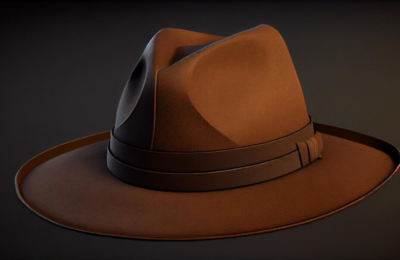In the world of fashion, certain items transcend time, evolving from practical necessities to iconic symbols…
Uncovering the Cross-Recessed Machine Screw: A Comprehensive Guide
Introduction In the realm of fasteners, there’s a vast array of screws, each designed for specific purposes. One such versatile and commonly used screw is the cross recessed machine screw. In this article, we will dive deep into what these screws are, how they work, and address some frequently asked questions to help you better understand their applications.
Frequently Asked Questions (FAQs)
Q1: What is a Cross-Recessed Machine Screw?
A Cross-Recessed Machine Screw, often referred to as a Phillips screw, is a threaded fastener used to secure two or more objects together. It features a unique cross-shaped or Phillips head, making it compatible with a corresponding screwdriver.
Q2: What’s the Purpose of the Cross-Recessed Head Design?
The cross-recessed head design of this screw provides several advantages, including improved torque transmission, reduced slippage, and enhanced efficiency during installation. It allows for a tighter grip between the screwdriver and the screw, minimizing the risk of cam-out or stripping.
Q3: What Materials are Cross-Recessed Machine Screws Made Of?
These screws come in various materials, including stainless steel, steel, brass, and even plastic, depending on the intended application. Stainless steel is a popular choice for its corrosion resistance, while steel offers strength and durability.
Q4: Where Are Cross-Recessed Machine Screws Commonly Used?
These screws are ubiquitous in both industrial and domestic applications. You’ll find them in furniture assembly, electronics, automotive, and machinery construction. The Phillips design is particularly favored in consumer electronics due to its ease of use and widespread availability.
Q5: Are There Different Types of Cross-Recessed Screws?
Yes, there are different types of Cross-Recessed Machine Screws. The most common types include the Phillips (PH), Pozidriv (PZ), and JIS (Japanese Industrial Standard) heads. Each has subtle design variations to suit specific applications.
Q6: How Do I Choose the Right Size of Cross-Recessed Screw?
Selecting the correct screw size is crucial for a secure fit. You’ll need to consider the screw’s diameter, length, and thread pitch. Be sure to consult a screw size chart or a professional for guidance.
Q7: What Are the Advantages of Using Cross-Recessed Screws?
The primary advantages include their ability to provide a secure grip, reduce the risk of stripping, and make installation more efficient. They are also easy to use, making them suitable for a wide range of applications.
Q8: Can I Use a Standard Screwdriver for Cross-Recessed Screws?
Yes, a standard Phillips screwdriver is typically used for Cross-Recessed Machine Screws. Ensure that the screwdriver size matches the screw head for the best fit and engagement.
Q9: How Do I Prevent Stripping of Cross-Recessed Screws?
To prevent stripping, it’s crucial to use the right size screwdriver and apply even pressure when turning the screw. Additionally, lubricating the threads can help reduce friction and minimize the risk of damage.
Q10: Are There Any Downsides to Using Cross-Recessed Machine Screws?
While they are versatile and widely used, one potential downside is that they may be susceptible to cam-out if excessive torque is applied, leading to damage to the screw head.
Conclusion:
Cross-Recessed Machine Screws are a fundamental component of various applications, and their unique head design offers numerous advantages, from reduced slippage to increased efficiency during installation. Understanding their characteristics, applications, and proper usage is essential for achieving successful fastening and assembly. By exploring the frequently asked questions above, you’re now better equipped to work with these versatile screws in your DIY projects, repairs, or professional endeavors.





This Post Has 0 Comments